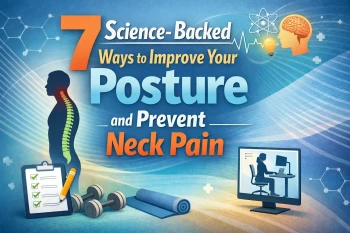
Vertigo is a turning sensation. You will feel like you're turning or what around you might seem to be turning when, in actuality, there's absolutely not any motion in any way. You might have experienced this if you've ever stood up too fast and felt dizzy. But if it's persistent and accompanied by visual disturbances or sensitivity to light and sound, continue reading to discover more.
Understanding How Balance Is Connected to Vertigo
Here are some fascinating facts about equilibrium: The vestibular system controls balance. After age 40, 1 of every 3 people suffers from vestibular troubles. Approximately 8 million people, 4 percent of the populace, in America suffer issues with balance. When looking care for nausea, a third will probably be diagnosed with vertigo or Meniere's disease.
The vestibular system gets the very important task of keeping the body balanced and vertical. It transmits signals to the mind about the way in which the body is moving and in which it's positioned in its own surroundings. The ears are a part of the vestibular system, for example, ear canals and fluid contained inside. If something causes the vestibular system to not work correctly, vertigo may be the final result. This may have a negative influence on one's daily life and daily routine.
Help for Victims of Vertigo
A link was seen between the beginning of vertigo and misalignment from the bones of the upper neck. If you're having vertigo, it's a great time to seek out the care of an upper cervical chiropractor. In our office, we provide our patients a safe and gentle system to help realign the bones of the neck. A misalignment within this region can put undue strain on the brainstem and induce the circulatory system to malfunction. By adjusting this issue, a number of our own patients and people in case studies have seen their vertigo enhance or go away completely.





Leave a comment